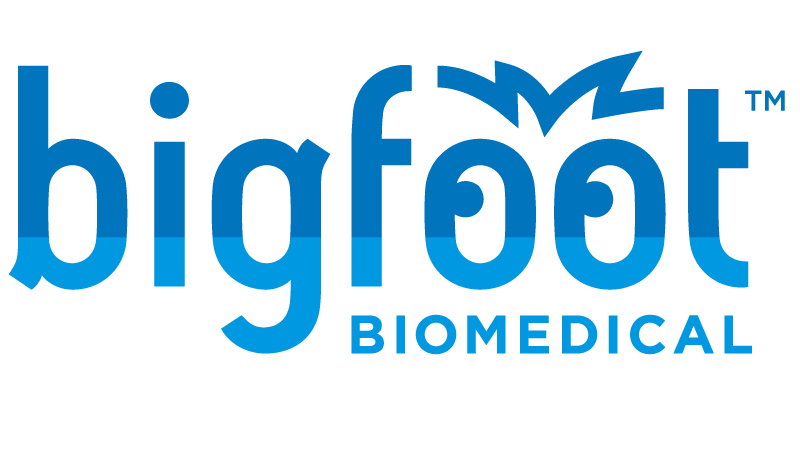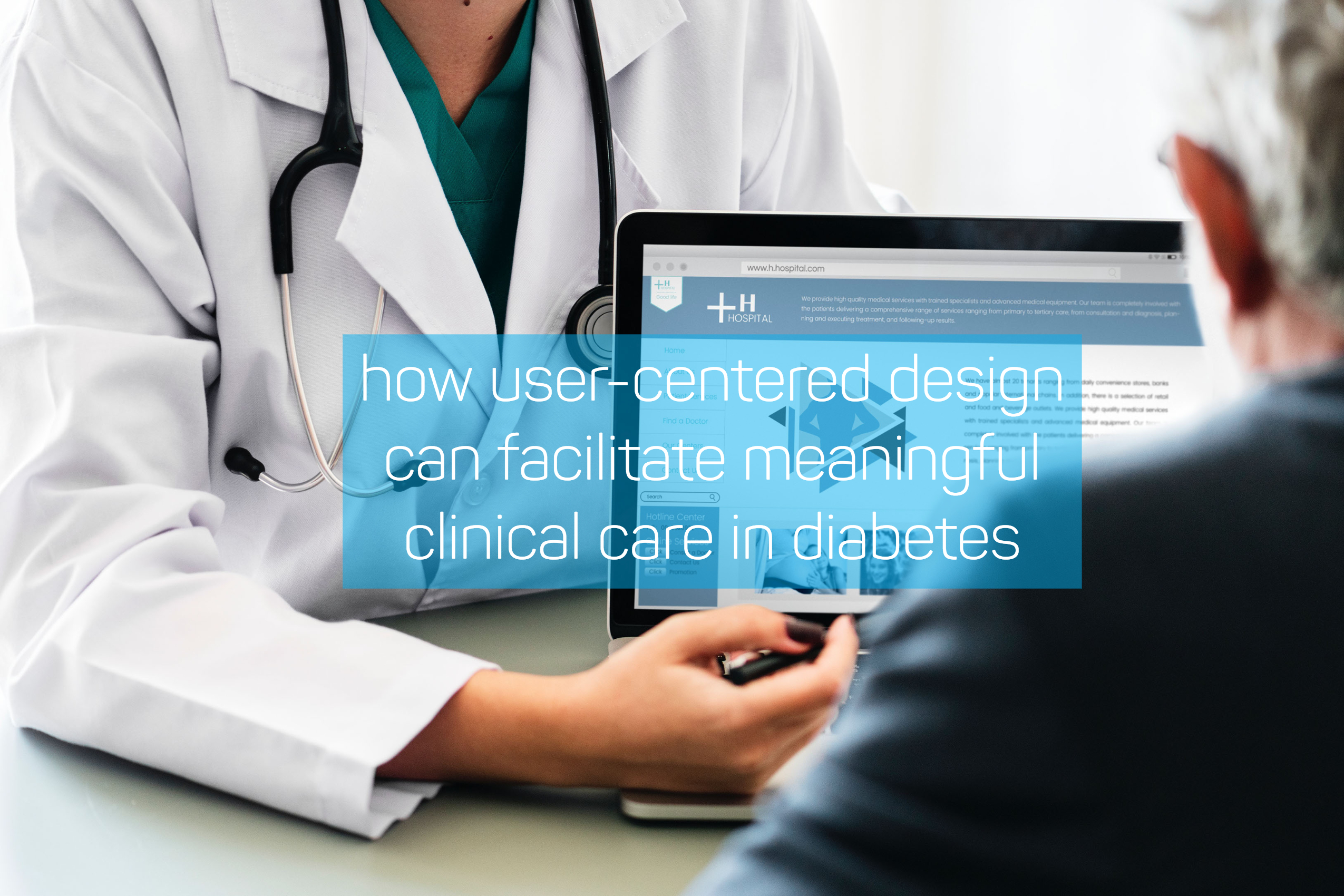The current state of medical devices leaves significant room for optimization, especially if we want to expand the number of patients who can benefit from use. Anyone who has ever used a continuous glucose monitor or insulin pump can understand how, for some people, these devices can seem confusing or overly complicated. Many seem designed for use by clinical experts - the researchers and clinicians with the skill set to set up and optimize the virtual knobs, buttons, and levers that these devices include - which is bizarre when you consider that diabetes devices are operated on a daily basis by users who are not trained clinicians. Add to that that most clinicians today don’t have the time or bandwidth to devote to this process and you have an untenable situation.
At Bigfoot, we think not just about making medical device systems that are safe, but how to make these systems more accessible for everyone. For the end user, that means designing the system with consideration for how the user will incorporate the system into daily life. For clinicians, accessibility includes consideration of how the systems fit within the constraints of the clinical care environment in a way that would make them prescribable, supportable, and efficient.
Simplicity is an important key design consideration - a design principle that can be very challenging to achieve, given the complexity of diabetes management for both people with diabetes and their clinicians. To be successful, systems will ideally take less time, less training and be less stressful to initiate, use, and support.
Facilitating Information Sharing
When you live with a chronic condition like insulin-requiring diabetes, as I and many of the patients I’ve had the pleasure of working with in my career do, you often rely on other people to support you because it is such a challenging and demanding condition to manage. This network may include close friends, family members, and health care providers. Sharing critical health information with those who support you can sometimes help to make managing insulin-requiring diabetes feel more manageable.
In a clinical visit, as providers, we are expected to collect a medical history, conduct a physical exam, review and order laboratory data, collect information about diabetes management, when available, analyze data from devices, often as print-outs, write prescriptions and referrals as well as provide personalized feedback on their care routine.
Today, some medical devices allow clinicians to download data during a routine appointment, but it often takes time and may require proprietary hardware and software to download the device(s) and the data may be incomplete.
Between appointments, there is almost no flow of information between the diabetes care team and patients, unless the patient contacts the clinical team.
What would a user-centered approach to this process look like? At Bigfoot, we’re thinking about ways to use the advantages of cloud connectivity with the intent that data could be captured without the patient having to do anything other than use the device for their diabetes management. The flow of data is constant and comprehensive, as whenever possible, the technology should analyze the data to provide actionable feedback. We want to see health care providers and their patients freed to have meaningful conversations with each other about diabetes management. We also want to provide support in between visits, too, either through Bigfoot’s systems themselves or via methods that allow providers to support their patients remotely, as needed.
More Consultative Clinician Visits
The United States faces a serious physician shortage. One 2018 study predicts a physician shortage of up to 120,000 physicians by 2030. The shortage applies to both primary care physicians, who treat the majority of people with insulin-requiring diabetes, as well as diabetes specialists like endocrinologists and certified diabetes educators. The U.S. currently has only about 5,600 endocrinologists1 to treat the more than 30 million people with diabetes (more than 6 million of whom use insulin), as well as people with thyroid disorders and other endocrine conditions. Additionally, many of these endocrinologists work in research rather than in clinical practice. With the average length of time for a doctor's visit clocking in at just over 15 minutes, clinicians are stretched to be able to spend time reviewing a patient's healthcare data and labs, providing tailored feedback, and writing prescriptions in that amount of time.
A recent piece in The New Yorker titled “Why Doctors Hate Their Computers” reported that “physicians spent about two hours doing computer work for every hour spent face to face with a patient,” with the face-to-face time suffering in the exam visit where “physicians devoted half of their patient time facing the screen to do electronic tasks.” Last week at the Advanced Technologies & Treatments for Diabetes (ATTD) conference in Berlin, my team attended a lecture from Dr. Gregory Forlenza, pediatric endocrinologist and research at the University of Colorado, as he estimated that 1/3rd of his clinic visit time with a patient is spent analyzing data, “playing technician,” and tuning devices, and that health care providers are longing for the chance to get back to practicing “the art of medicine” in diabetes rather than working as an IT specialist.
A user-centric approach to devices in a provider desert like this, one where providers are asked to do more with less, would consider how health care is delivered from provider to patient - an environment where specialists are few, practices and hospitals ask providers to see more patients in a day, and all providers are stretched thin to deliver quality care in a tight time window. Clinicians could benefit from solutions that respect their demands, time, resources, and workflow, fitting in to the situation rather than asking more from it.
Consider this scenario: Joe works hard to successfully self-manage his insulin-requiring diabetes, but his evening glucose is consistently above his desired target. In a typical visit with Dr. Tina, the general practitioner he sees, his doctor might spend the majority of the visit trying to reconcile the information between Joe’s self report (and in the rare case it is available, the partially-filled hand-written logbooks) and his blood glucose meter download to decide whether to increase his meal-time insulin dose or perhaps increase his dose of long-acting insulin or maybe suggest adding other medication to his regimen. But a system designed around the constraints of this short visit might have already collected, synthesized, and analyzed Joe’s glucose and insulin information to provide the doctor with an indication that Joe may frequently miss his insulin injection around his evening meal, resulting in high glucose in the evenings. She can then spend the short time with him strategizing ways to fit his evening meal-time insulin dose into his routine, with time remaining to go over his blood pressure and lipid management.
At Bigfoot we talk a lot about designing solutions around the needs of the end user, whether that user is the person with diabetes operating their devices, day in and day out, or their health care provider tasked with making decisions with incomplete or time-consuming-to-interpret data. We know first-hand that freeing people from the burdens of insulin-requiring diabetes will require connecting the dots for and between people with diabetes and their support teams. We believe that when clinicians and people with diabetes get more quality time together, people with diabetes get valuable support in diabetes management. And that's a win for everyone.
1. Seagrove Partners. Diabetes Blue Book 2018.↩


